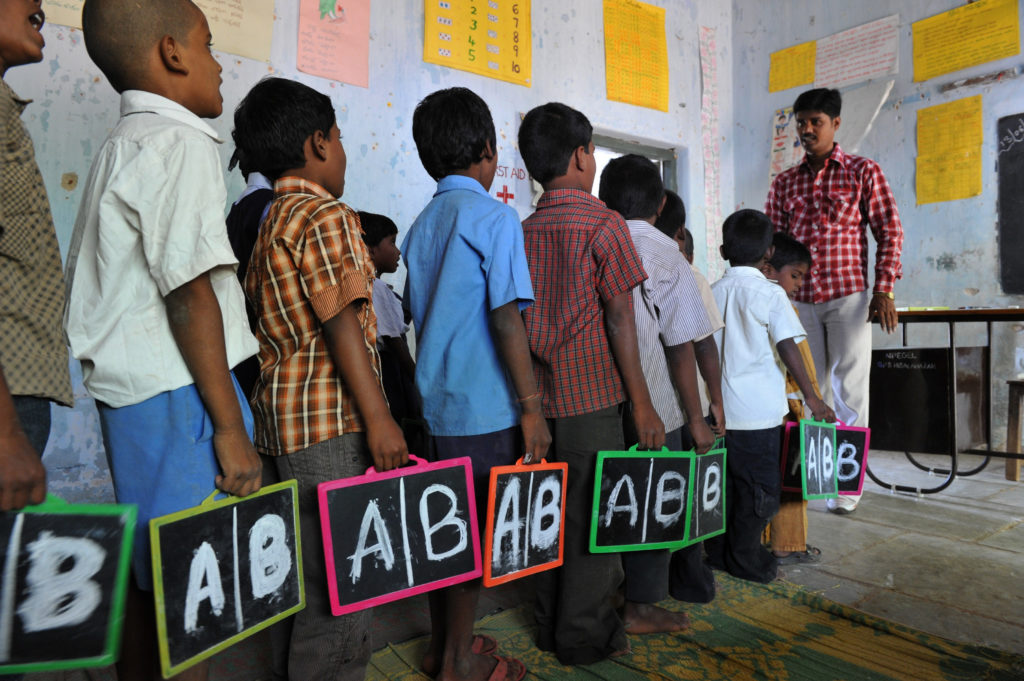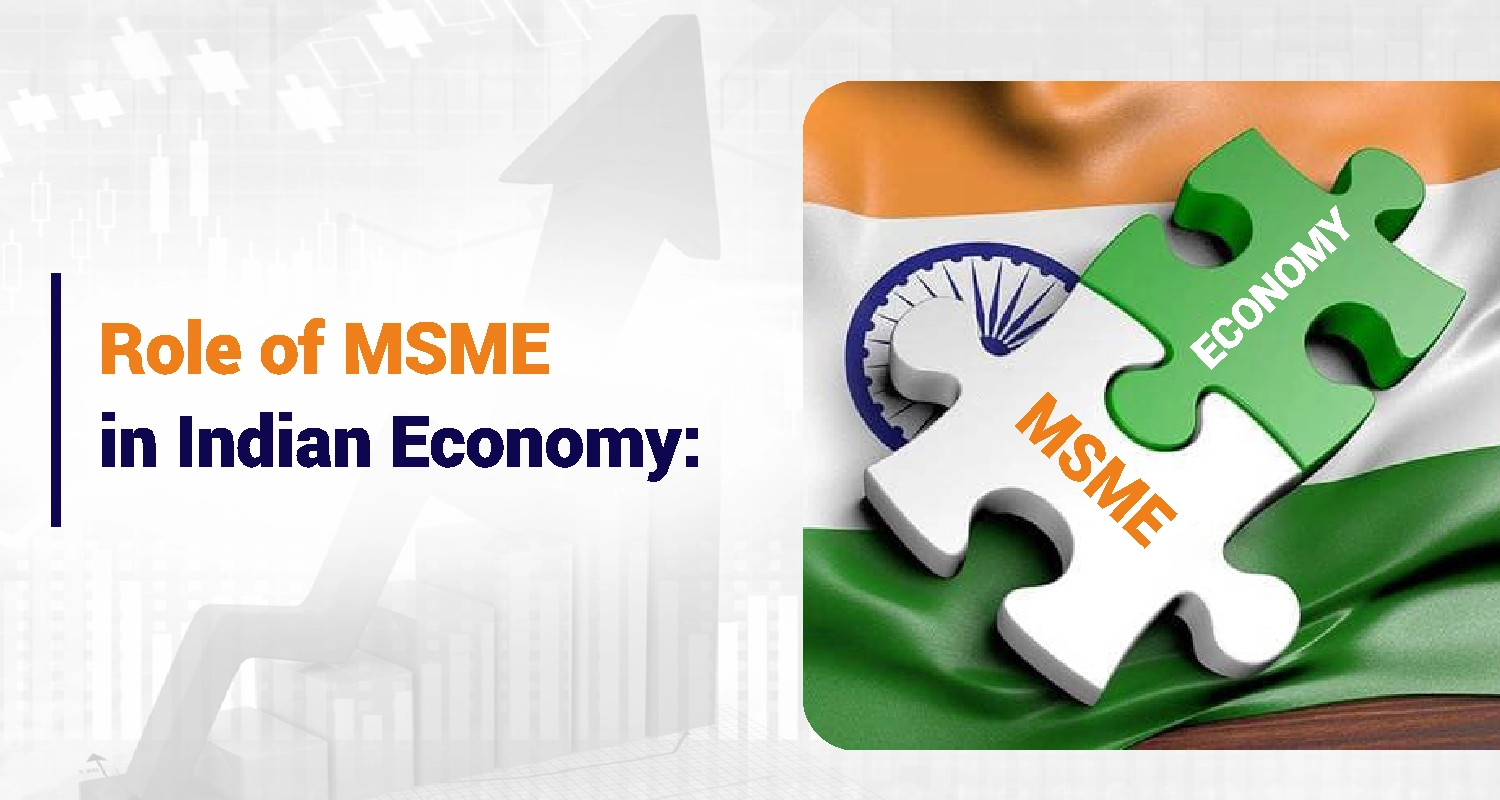- Courses
- GS Full Course 1 Year
- GS Full Course 2 Year
- GS Full Course 3 Year
- GS Full Course Till Selection
- Answer Alpha: Mains 2025 Mentorship
- MEP (Mains Enrichment Programme) Data, Facts
- Essay Target – 150+ Marks
- Online Program
- GS Recorded Course
- Polity
- Geography
- Economy
- Ancient, Medieval and Art & Culture AMAC
- Modern India, Post Independence & World History
- Environment
- Governance
- Science & Technology
- International Relations and Internal Security
- Disaster Management
- Ethics
- NCERT Current Affairs
- Indian Society and Social Issue
- NCERT- Science and Technology
- NCERT - Geography
- NCERT - Ancient History
- NCERT- World History
- NCERT Modern History
- CSAT
- 5 LAYERED ARJUNA Mentorship
- Public Administration Optional
- ABOUT US
- OUR TOPPERS
- TEST SERIES
- FREE STUDY MATERIAL
- VIDEOS
- CONTACT US
UN REPORT HIGHLIGHTS RISK OF FEMALE GENITAL MUTILATION (FGM)
UN REPORT HIGHLIGHTS RISK OF FEMALE GENITAL MUTILATION (FGM)
16-02-2024
- Recently, In February 2024, the UN agencies have highlighted a concerning figure regarding Female Genital Mutilation (FGM)
- According to it, approximately 4.4 million girls are at risk of undergoing female genital mutilation worldwide.
Understanding Female Genital Mutilation (FGM):
- Definition: Female genital mutilation (FGM) encompasses various procedures that involve altering or injuring the female genitalia for non-medical reasons. It is internationally recognized as a violation of the human rights, health, and integrity of girls and women.
- Extent of the Issue:
- Geographical Concentration: FGM is predominantly concentrated in regions of Western, Eastern, and North-Eastern Africa, alongside specific Middle Eastern and Asian countries.
- Global Concern: However, due to increased migration, FGM has emerged as a global issue, impacting girls and women not only in Africa and Asia but also in Europe, Australia, and North America.
- More than 200 million girls and women alive today have undergone FGM in countries where the practice is concentrated. Each year, an estimated 3 million girls are at risk of undergoing FGM, with the majority being cut before the age of 15.
- Impacts of Female Genital Mutilation (FGM): Girls subjected to female genital mutilation endure both immediate and long-term consequences. These include severe pain, shock, excessive bleeding, infections, urinary difficulties, as well as enduring implications for their sexual, reproductive, and mental health.
- Violation of Human Rights: -
- Internationally recognized as a violation of human rights, FGM reflects deep-rooted gender inequality and discrimination against women.
- It violates the rights of children as it is often performed on young girls without their consent.
- FGM also infringes upon rights to health, security, physical integrity, freedom from torture, and the right to life in cases where the procedure results in death.
- Status of FGM in India: Currently, there is no specific legislation in India that prohibits the practice of female genital mutilation.
- Official Response: In 2017, the Ministry of Women and Child Development, in response to a petition in the Supreme Court, stated that there is no official data or study supporting the existence of FGM in India.
- Unofficial Reports: Despite the absence of official recognition, unofficial reports suggest that FGM procedures are practiced within the Bohra community, predominantly in states like Maharashtra, Kerala, Rajasthan, Gujarat, and Madhya Pradesh
Classification of Female Genital Mutilation (FGM) by WHO:
- Type 1: Involves partial or total removal of the clitoral glans.
- Type 2: Involves partial or total removal of the external and visible parts of the clitoris and the inner folds of the vulva.
- Type 3: Known as infibulation, entails narrowing of the vaginal opening by creating a sealing closure.
- Type 4: Encompasses various practices such as picking, piercing, incising, scraping, and cauterizing the genital area.
Social and Cultural Influences on Female Genital Mutilation (FGM)
The factors driving the practice of FGM vary across regions and evolve over time, shaped by a combination of socio-cultural dynamics within families and communities.
- Social Conventions and Norms: - In regions where FGM is seen a social norm, there is significant pressure to conform to the practice due to societal expectations and the fear of social exclusion.
- Rites of Passage and Marriage Preparation: - FGM is often perceived as a crucial aspect of a girl's upbringing, preparing her for adulthood and marriage. It is sometimes viewed as a means to control female sexuality, promoting premarital virginity and marital fidelity.
- Perceived Religious Justifications: - While some individuals believe that FGM is supported by religious teachings, no religious scriptures explicitly endorse the practice. Religious leaders' perspectives on FGM vary, with some advocating for its abandonment and others maintaining ambivalent or supportive stances.
Motivations Behind Medicalized Female Genital Mutilation (FGM)
Healthcare providers may engage in medicalized FGM for several reasons, including:
- Perceived Reduction in Complications: - Some believe that medicalized FGM carries fewer risks compared to traditional practices, leading to a misguided perception of safety.
- Potential Path to Abandonment: - There is a belief that medicalization could serve as a transitional phase towards the complete abandonment of FGM.
- Social and Cultural Pressures: - Healthcare providers performing FGM may belong to communities where the practice is prevalent, making them susceptible to the same social norms and pressures.
- Financial Incentives: - Financial gains may also drive healthcare providers to perform FGM, although this motivation varies across contexts.
- Shift towards Advocacy: - With support and training from organizations like WHO, many healthcare providers are transitioning into advocates for FGM abandonment, both within clinical settings and their communities.
Challenges in combatting FGM and their respective solutions:-
Challenges in Combatting FGM |
Solutions |
|
|
|
|
|
|
|
|
|
|
WHO's Approach to Combatting Female Genital Mutilation (FGM)
In response to the global challenge posed by FGM, WHO has undertaken various initiatives:
-
Holistic Health Sector Response:
- WHO advocates for a comprehensive approach to FGM prevention and care within the health sector.
- This includes developing guidance and resources for healthcare workers to prevent FGM and manage its complications.
-
Multi-Sectoral Collaboration:
- Recognizing the multi-faceted nature of the issue, WHO emphasizes concerted action across various sectors.
- Including health, education, finance, justice, and women's affairs.
-
Resource Development and Adaptation:
- WHO produces guidance materials and resources to aid countries in tackling FGM, tailoring them to fit local contexts and needs.
- This approach ensures relevance and effectiveness in diverse settings.
-
Evidence Generation:
- To enhance understanding and inform strategies, WHO conducts research to generate evidence on FGM and effective interventions for its elimination.
-
Global Strategy Implementation:
- Collaborating with partner organizations, WHO has formulated a global strategy to combat FGM medicalization.
- It continues to assist countries in implementing this strategy, thereby advancing efforts to eradicate this harmful practice worldwide.
Global Initiatives for Eradication of Female Genital Mutilation (FGM)
-
UNFPA-UNICEF Joint Programme on FGM Elimination
- Managed jointly by the United Nations Population Fund (UNFPA) and the United Nations Children's Fund (UNICEF).
- Operational in 17 countries across Africa and the Middle East with high FGM prevalence.
- Adopts a culturally sensitive and human rights-focused approach involving various stakeholders such as governments, communities, religious leaders, media, healthcare providers, youth, and women's organizations.
- Provides comprehensive support services including healthcare, psychological assistance, legal aid, and education for affected girls and women.
-
International Day of Zero Tolerance for FGM
- Designated by the UN General Assembly on February 6th, aiming to strengthen efforts towards FGM eradication.
- The 2024 theme is "Her Voice. Her Future," emphasizing empowerment and advocacy for affected women and girls.
-
UN Commitment to FGM Elimination
- Aligned with Sustainable Development Goal 5.3, which aims to eradicate harmful practices including FGM by 2030.
- SDG 5.3 also targets the elimination of child, early, and forced marriage.
-
Beijing Declaration and Platform for Action
- Adopted during the Fourth World Conference on Women in 1995.
- Represents a landmark in the global pursuit of gender equality and the advancement of women's rights.
Conclusion: -
The fight against Female Genital Mutilation (FGM) requires global unity and cultural sensitivity. Ongoing efforts by governments, NGOs, and international bodies are crucial for ensuring the rights and well-being of women worldwide. Together, we can create a future where FGM is eradicated, and every woman is respected and protected.



